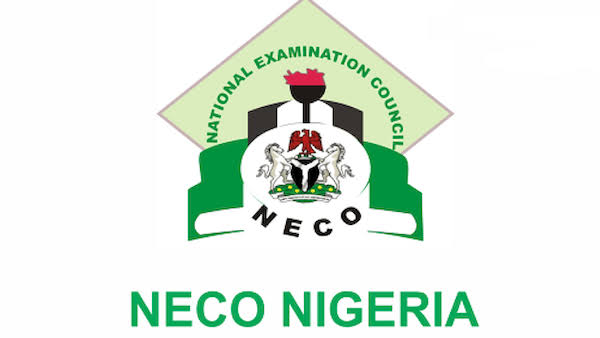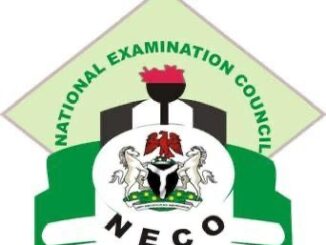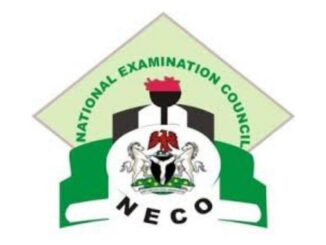
2024 NECO CHEMISTRY PRACTICAL QUESTION;-ExamgrandComNg !!!!!






=======================================
2024 NECO CHEMISTRY PRACTICAL ANSWERS;-ExamgrandComNg !!!!!
(1)



=======================================
(2)

[FILL THE TABLE WITH THE INFORMATION BELOW]
(2ai)
-TEST: C+5 cm³ of distilled water and shake thoroughly. Divide the solution into two portions
-OBSERVATION: It dissolves completely to give a colourless solution
-INFERENCE: C is a soluble salt
(2aii)
-TEST: To the first portion, add NaOH solution in drops.
-OBSERVATION: A white gelatinous precipitate is formed
-INFERENCE: Al3+ and Zn2+ present
(2aiii)
-TEST: Then add NaOH in excess
-OBSERVATION: The precipitate dissolve to give a colourless solution
-INFERENCE: Zn2+ present.
(2aiv)
-TEST: To the second portion, add NH3 solution in drops
-OBSERVATION: A white precipitate is formed
-INFERENCE: Al3+ and Zn2+ present
(2av)
-TEST: then in excess
-OBSERVATION: The white precipitate dissolves in excess NH3
-INFERENCE: Zn2+ is confirmed
(2bi)
-TEST: 2cm³ of solution D + soda lime, heat, test with litmus paper.
-OBSERVATION: Ammonia gas (NH3) is evolved, turning red litmus paper blue.
-INFERENCE: Presence of NH4+ ions.
(2bii)
-TEST: Solution D + NaOH solution + CuSO4 solution
-OBSERVATION: A blue precipitate formed
-INFERENCE: Presence of peptide bonds (proteins or peptides).
=======================================
(3ai)

/OR/
I- to avoid the drop of the acid into the burette which will alter the reading
II- to avoid change in concentration and contamination
III- to avoid bubbles in the pipette
(3aii)
This can be done through crystallization. The solution is dissolved, heated to a high temperature and then allowed to cool. During cooling, the sodium chloride crystallized out.
(3bi)
(i)evaporating dish
(ii) Bunsen burner
(3bii)
High Solubility in Water
====================================






Be the first to comment